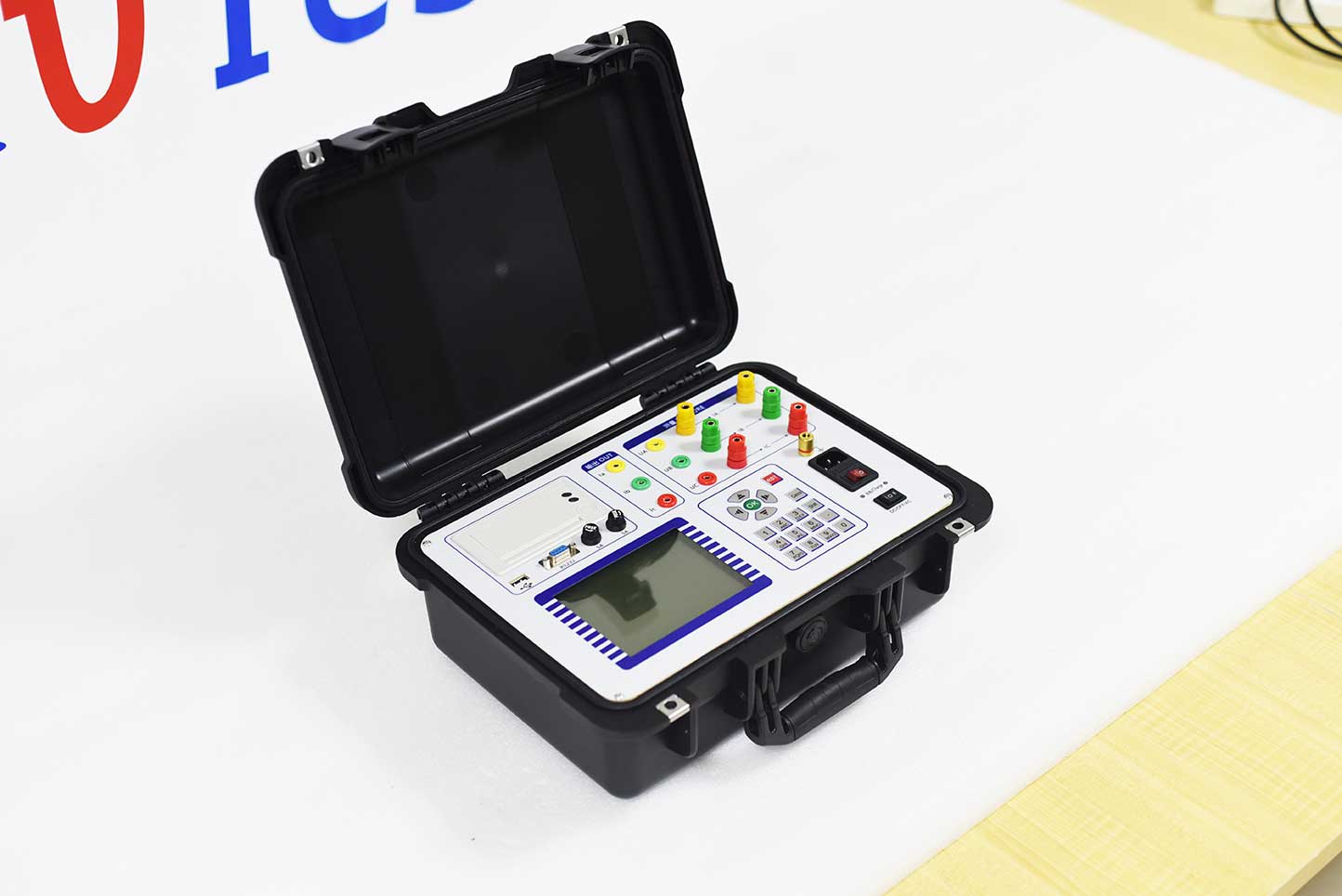Transformer no-load test and load test are important means of evaluating transformer performance in power systems, each with clear purposes and significance.
1. The purpose and significance of transformer no-load test
Purpose:
① Evaluating magnetic circuit characteristics: The no-load test helps to understand the magnetic circuit characteristics of the transformer, including magnetic flux density, magnetic permeability, and losses in the magnetic conduction circuit. By measuring these parameters, the magnetic properties of the transformer and potential magnetic saturation issues can be evaluated.
② Detecting electrical characteristics of windings: detecting electrical characteristics such as resistance, inductance, and capacitance of transformer windings to determine whether there are abnormalities in the windings, such as short circuits, contact problems, etc.
③ Evaluate load loss: measure no-load current and no-load loss, evaluate the energy consumption of transformers under no-load conditions, and provide reference for energy-saving renovation and energy management.
significance:
① Ensure normal operation: promptly identify and resolve potential issues to ensure reliable operation of the transformer under normal load.
② Improve operational efficiency: Evaluate and reduce no-load losses, improve transformer operational efficiency, reduce energy consumption and grid load.
③ Ensuring grid stability: Evaluate the short-circuit impedance and overload capacity of transformers to ensure stable operation in the event of grid faults or sudden loads.
2. The purpose and significance of transformer load test
Purpose:
① Evaluate load capacity: Determine the working stability and tolerance of transformers under different loads to ensure that they meet the requirements under actual working conditions.
② Determine efficiency and losses: Measure the input and output power of transformers under different load conditions, calculate efficiency and losses, and evaluate energy utilization efficiency.
③ Detecting temperature rise: measuring the temperature changes of transformers under different load conditions, evaluating heat dissipation performance and temperature rise characteristics, ensuring operational stability and safety.
④ Analyze voltage regulation performance: Test the voltage stability of transformers under different load changes to understand their ability to respond to voltage fluctuations in the power grid.
significance:
① Ensure the stability of the power system: Evaluate the working status of transformers under load conditions to ensure the stable operation of the power system.
② Improve energy utilization efficiency: Identify the causes of energy loss, take improvement measures to enhance energy efficiency performance, and reduce system energy consumption.
③ Ensure safe operation: Evaluate the heat dissipation performance and temperature rise characteristics to ensure that the transformer temperature is within a safe range.
④ Guidance on operation and maintenance: Provide a basis for the operation and maintenance of transformers, develop operation and maintenance plans and strategies, and extend their service life.
In summary, transformer no-load and load tests are of great significance for evaluating transformer performance, detecting potential problems, optimizing operating parameters, and ensuring stable and safe operation of the power system.

The ZC-202A transformer no-load load comprehensive characteristic tester can measure the no-load current, no-load loss, short-circuit voltage, and short-circuit (load) loss of transformers. Harmonic testing can be conducted to analyze up to the 31st harmonic. The instrument automatically switches ranges internally, allowing for a wide range of voltage and current measurements and simple wiring. When conducting no-load and load tests on three-phase transformers, the instrument can automatically determine whether the wiring is correct and display vector diagrams of three-phase voltage and current. A single machine can measure the load experiment of distribution transformers below 1000KVA under full current; The measurement of load test for distribution transformers below 3150KVA can be completed at one-third of the rated current (the instrument can convert the load loss parameter to the rated current at one-third of the rated current). All test results are automatically calibrated accordingly. The instrument can automatically perform various calibrations such as waveform correction, temperature correction, non rated voltage correction, non rated current correction, etc., to improve the accuracy of test results.
Kvtester Electronics Technology Co.,Ltd. is a high-tech enterprise specializing in power testing, testing, research and development, production, and sales of testing equipment. It has been engaged in the electrical testing industry for many years, and its products are of high quality. We welcome customers to come and purchase. Service hotline: 0086-27-81778799, to learn more, visit the official website: www.kvtester.com





